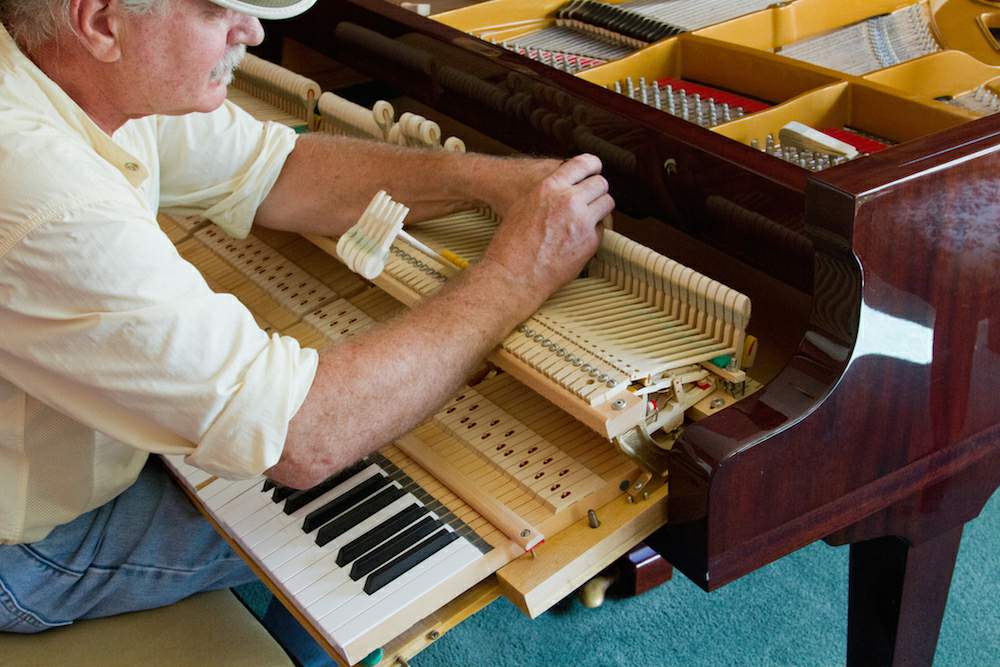
Pianos are one of the most difficult items to move. They are heavy, unwieldy in shape, highly vulnerable to damage, and usually their owner’s prized possession, given both their cost and the pleasure they bring. For these reasons, moving a piano is not something that should be taken lightly. Below we outline the top 4 things you should know before you move your piano.
1. Get professional help
First and foremost, do not attempt to move your piano yourself, as this puts both you and the instrument at risk of significant damage. Professional piano movers are trained in moving all types of pianos, from concert grands to standard uprights, and everything in between. They have the specialist tools, techniques and knowledge of the trade to ensure your piano arrives at its destination unscathed. This is why, when a move involves a piano (or multiple pianos), Chess Moving usually engages piano moving professionals, to assist us in providing the best service possible and reducing the impact on the instrument.
2. Prepare your piano
While Chess Moving and the professional piano movers will take care of the detailed preparation, there are some things you can do to get your piano ready for the move. Firstly, give it a good dust and wipe with a damp cloth, as it may be in transit or storage for a while before unpacking. Then, remove any external attachments – such as a music stand or candelabras. If you’ve got any type of grand piano, these usually need to be taken apart to some extent, but this should also be left to the professionals, who will pack all individual pieces securely. You can, however, begin to plan the route your piano will take from your house to the truck. Clear the space of any furniture or boxes; remove interior doors if necessary; and make sure the outside pathway is free of obstructions. Finally, take photos of your piano prior to packing or disassembling, so you have an exact record of its condition before moving.
3. Check your insurance
More than likely, you have insured your piano, however not all home and contents insurance covers moving. For this reason, it’s a good idea to call your insurers and find out the specifics of your policy. If you’re not covered, then talk to your removalists about the options available to you. It is important to remember that damage to property in transit is not covered by your removalists insurance; rather, you will need to take out a separate insurance policy that covers your items while they are being moved. Or you might like to investigate piano insurance, which is offered by a number of companies in Australia. Again, these policies may not cover moving your piano. Talk to Chess Moving about the options available to you, to work out what best covers your piano for damage while in transit or storage.
4. Tuning after the move
There’s a bit of an old wives’ tale that says a piano needs to be tuned as soon as it’s moved to a new location. While it certainly does need to be tuned, it is best to leave it for a month or so, particularly if it’s been in storage. This gives your piano a chance to settle in to the new environment; adjusting to the temperature, humidity and different lighting. After a month to six weeks, give a tuner a call and book an appointment. Before you know it, your piano will be sounding like its old self again, and happily ensconced in its new home.
Are you planning to move a piano? Give Chess Moving a call on 13 14 69 to discuss, and we’ll talk you through the best way to get your piano from A to B safely and securely.